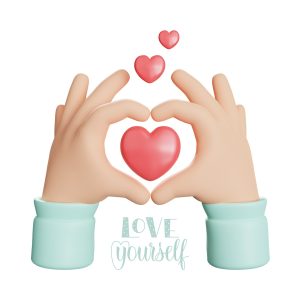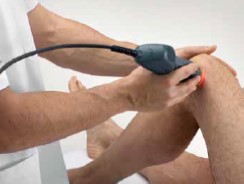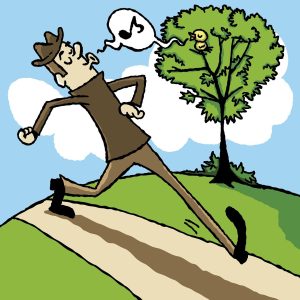Many of us will need to travel for extended periods of time both through work and for leisure. The following advice might be of interest if travel is part of your life.
Travelling might be a well practiced routine. It may be more exciting and present an opportunity for new experiences. Maybe at times you travel to seek out rest and recovery from the regular day-to-day. It is potentially a treasured time, but occasionally this is accompanied by some common pitfalls that can lead to pain. So aim to keep it comfortable.
Taking an extended journey might mean we have to carry out physical activity that we are not regularly used to. However, very often it is the lack of activity that is the issue. A survey conducted by the British Chiropractic Association found that 48% of British holidaymakers experienced back and/or neck pain on their travels. In the clinic I am visited frequently by people who present with pain associated with the changes in lifestyle related to travel – different beds, sporting activities, lifting luggage, sitting for long periods…
If you’re heading-off anywhere. The following might be worth considering in support of a comfortable experience:
- Firstly get organised. Pack and prepare in advance to reduce the stress of a last-minute rush which will inevitably affect your body and how you feel. Try and pack as light as possible, reducing the potential strain of carrying heavy bags and luggage around. Rucksacks are better to distribute the weight more evenly across the body.
- If using a suitcase, one with wheels is better. It is less strain on the spine to push the case, as opposed to pulling and twisting to move it.
- If you’re having to lift luggage onto conveyer-belts or into vehicles. Try and lift from the knees if possible, positioning the luggage straight ahead of you and holding it as close to the body as possible.
- Consider footwear, you may have to stand in queues or walk long distances. Be comfortable and aim for a more supportive style of shoe.
- When in transit – move regularly. There are clearly restrictions on this, but do what you can. Make regular stops if travelling by road, or try and get up regularly on a plane or other transport where possible. You could also choose to practice regular mobility whilst seated – ankle circles, heel raises, bottom squeezes, gentle spinal rotation, shoulder circles… This is all positive movement.
- When needing to sit for a longer period, aim to position yourself as well as possible. Try and be upright with your feet flat on the floor. Aim to have your knees level with your hips. Sitting on a cushion might help if necessary, or could be used to support the spine.
Another common issue is sleeping in a different bed with a change in pillow support. If it’s feasible, take your trusted pillow away with you. If you lay on your side, a pillow or a folded towel between your knees may support you in a more aligned position. If laying on your back, a pillow under your thighs should help place your spine in an easier place. Laying on your front isn’t an ideal option for the spine. If this is the only way you can settle. A pillow under the tummy can help ease some of the stress from the back.
If you’re heading off on a “fly and flop” kind of break. You will inevitably be spending more time sitting or laying down relaxing. You may find you feel more uncomfortable due to lack of movement. You could consider similar support when laid down (as in sleeping positioning.) Or aim to sit well as previously described. In either case, try and move regularly.
Eat well and stay hydrated to help and ensure that everything in your body works optimally. Keep moving! (Have I said that already?!) A possible solution to stiffening up too much is practicing some daily mobility exercises to try and balance out any extended periods of inactivity. Or get involved with the aqua aerobics classes in the pool, the yoga sessions… or if it has one use the hotel gym.
I hope your travels are successful. If you need any help please get in touch. Happy travelling 😎








